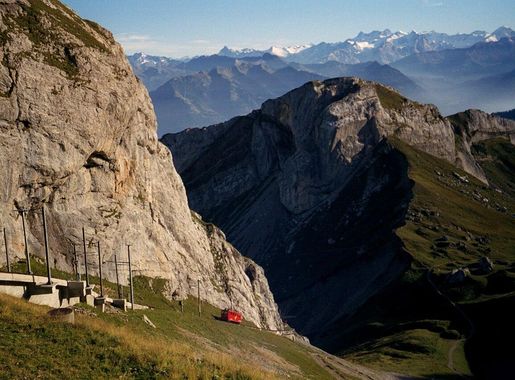
Pilatus: The Majestic Crown of Lucerne
Experience the awe-inspiring beauty and thrilling adventures of Pilatus, the majestic mountain that crowns Lucerne, Switzerland, and discover its legendary allure.
Nestled in the heart of Switzerland, Pilatus towers over the city of Lucerne, offering an unparalleled blend of natural beauty, thrilling adventures, and a touch of mythic charm. This magnificent mountain, reaching an impressive height of 2,132 meters, is a must-visit destination for tourists seeking both relaxation and excitement. Hop on the world's steepest cogwheel railway and ascend through lush forests, captivating rock formations, and pristine alpine meadows. As you reach the summit, you'll be greeted with a panoramic view that stretches across the Swiss Alps, dotted with shimmering lakes and quaint villages. On a clear day, the vistas are nothing short of breathtaking, providing the perfect backdrop for memorable photographs. Beyond the scenic beauty, Pilatus offers a plethora of activities for adventure enthusiasts. Try your hand at paragliding, or explore the many hiking trails that cater to all levels of fitness. In winter, the mountain transforms into a snowy wonderland, perfect for skiing, snowboarding, and snowshoeing. Don't forget to visit the Dragon Ride aerial cableway, which provides a swift and scenic route to the top, offering a unique perspective of the landscape. Legend has it that Pilatus was once inhabited by dragons, and this mythical allure adds an extra layer of intrigue to your visit. Be sure to check out the Dragon Path, a fascinating trail that combines natural wonders with local folklore. Whether you're a history buff, nature lover, or thrill-seeker, Pilatus has something special to offer.
Local tips in Pilatus
- Buy tickets online for the cogwheel railway to avoid long queues.
- Visit early in the morning for the best chance of clear skies and spectacular views.
- Wear layers, as the weather can change quickly at high altitudes.
- Check the seasonal schedules for the Dragon Ride and other activities.
- Bring a picnic to enjoy at one of the many scenic spots on the mountain.
Pilatus: The Majestic Crown of Lucerne
Nestled in the heart of Switzerland, Pilatus towers over the city of Lucerne, offering an unparalleled blend of natural beauty, thrilling adventures, and a touch of mythic charm. This magnificent mountain, reaching an impressive height of 2,132 meters, is a must-visit destination for tourists seeking both relaxation and excitement. Hop on the world's steepest cogwheel railway and ascend through lush forests, captivating rock formations, and pristine alpine meadows. As you reach the summit, you'll be greeted with a panoramic view that stretches across the Swiss Alps, dotted with shimmering lakes and quaint villages. On a clear day, the vistas are nothing short of breathtaking, providing the perfect backdrop for memorable photographs. Beyond the scenic beauty, Pilatus offers a plethora of activities for adventure enthusiasts. Try your hand at paragliding, or explore the many hiking trails that cater to all levels of fitness. In winter, the mountain transforms into a snowy wonderland, perfect for skiing, snowboarding, and snowshoeing. Don't forget to visit the Dragon Ride aerial cableway, which provides a swift and scenic route to the top, offering a unique perspective of the landscape. Legend has it that Pilatus was once inhabited by dragons, and this mythical allure adds an extra layer of intrigue to your visit. Be sure to check out the Dragon Path, a fascinating trail that combines natural wonders with local folklore. Whether you're a history buff, nature lover, or thrill-seeker, Pilatus has something special to offer.
Iconic landmarks you can’t miss
Mount Pilatus
Discover the breathtaking views and thrilling adventures of Mount Pilatus, a top destination in Switzerland for nature lovers and adventure seekers.

Esel
Discover the stunning beauty of Esel in Luzern, Switzerland, where breathtaking views of the Alps and Lake Lucerne await every traveler.
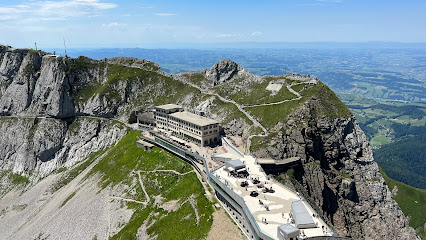
Pilatus Kulm
Experience the breathtaking beauty of Pilatus Kulm, a stunning Swiss mountain peak offering panoramic views and thrilling outdoor adventures.
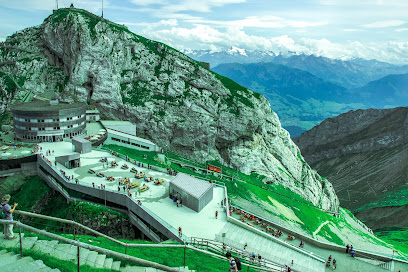
Pilatus - Kulm
Discover the breathtaking views and exhilarating experiences at Pilatus - Kulm, the stunning mountain peak in the heart of the Swiss Alps.
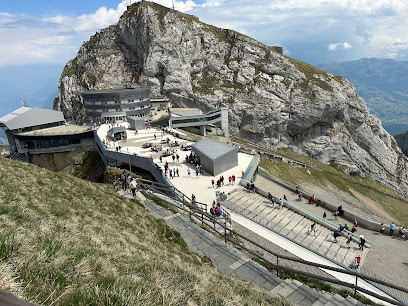
Pilatus Hiking Path
Discover the breathtaking beauty of the Pilatus Hiking Path in Alpnach, Switzerland, where nature and adventure meet in stunning landscapes.
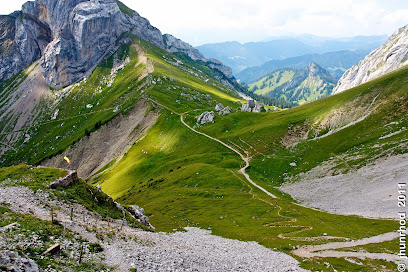
Drachenweg
Explore Drachenweg: A captivating hiking trail in the Swiss Alps, blending breathtaking views with enchanting dragon legends for an unforgettable adventure.
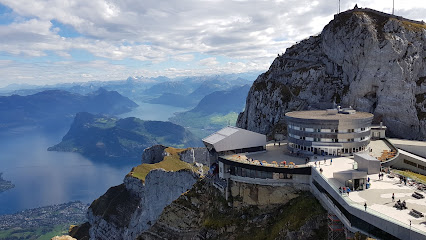
Matthorn
Discover the breathtaking hiking trails of Matthorn in Alpnach, Switzerland, a paradise for nature lovers and outdoor enthusiasts in every season.
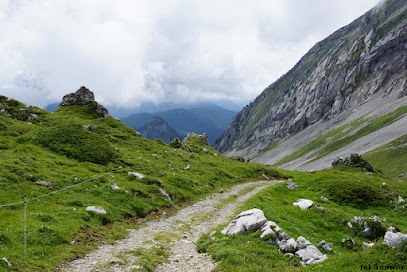
Fräkmündegg, Sonnenaufgang Foto-Point
Discover Fräkmündegg in Kriens, Switzerland - a stunning viewpoint perfect for sunrise photography and serene nature experiences.
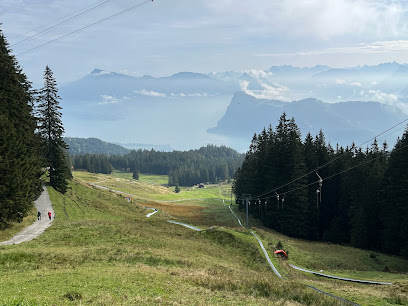
Gleitschirm Startplatz Pilatus Kulm
Experience the thrill of paragliding at Gleitschirm Startplatz Pilatus Kulm, where breathtaking views and adventure await in the Swiss Alps.
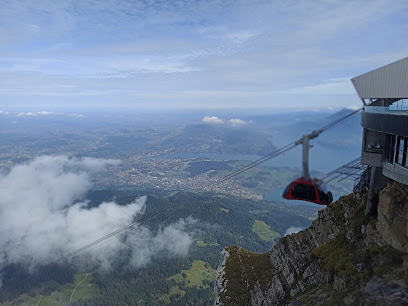
Mount Pilatus lookout point
Experience the stunning vistas and rich natural beauty at Mount Pilatus lookout point, a must-visit destination for nature lovers and adventure seekers in Switzerland.
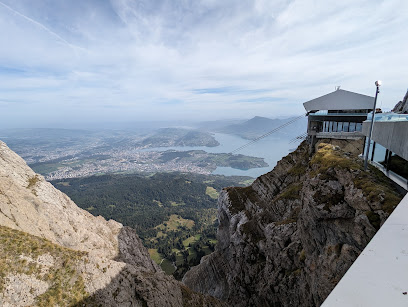
Unmissable attractions to see
Lion Monument
Discover the Lion Monument in Lucerne, a poignant symbol of Swiss history and artistry, set against the stunning backdrop of the Swiss Alps.
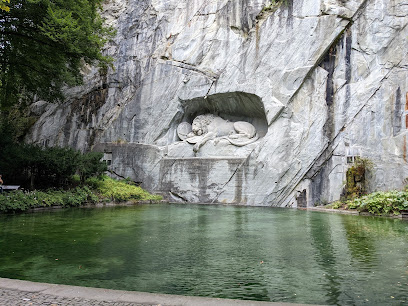
Frakigaudi Summer Toboggan
Dive into adventure at Frakigaudi Summer Toboggan, where thrilling rides meet breathtaking Swiss mountain scenery.
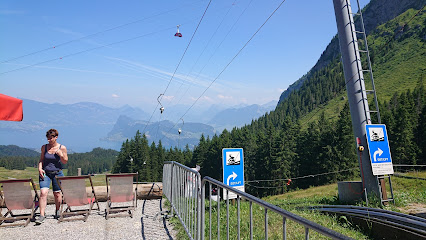
Esel
Discover the breathtaking beauty of Esel in Luzern, a scenic spot where nature and culture come together for an unforgettable experience.
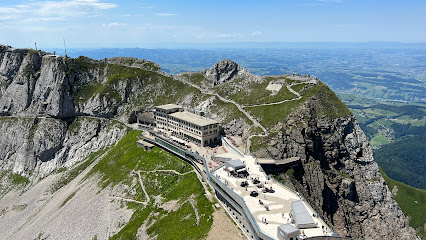
Pilatus Aussichtsplattform Oberhaupt
Experience breathtaking views and the majestic beauty of the Swiss Alps at the Pilatus Aussichtsplattform, an unforgettable observation deck in Switzerland.
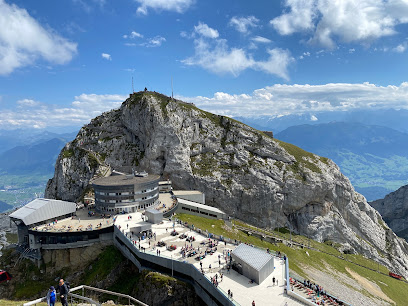
Drachenweg
Explore Drachenweg at Pilatus – a magical hiking trail in Switzerland steeped in legend and offering breathtaking views of nature's splendor.
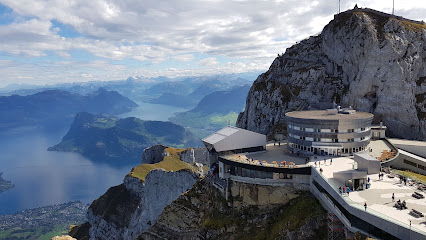
Nacht Aussichtsplattform
Experience breathtaking views and natural beauty at the Nacht Aussichtsplattform, a premier observation deck in the heart of Alpnach, Switzerland.
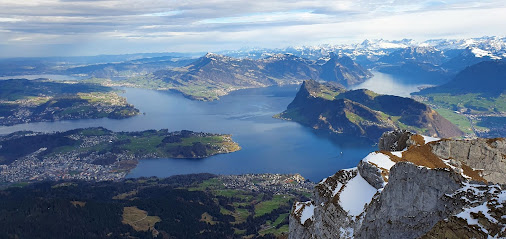
Fräkmündegg, Sonnenaufgang Foto-Point
Experience breathtaking sunrises and panoramic views at Fräkmüntegg, a must-visit tourist attraction in Kriens, Switzerland.
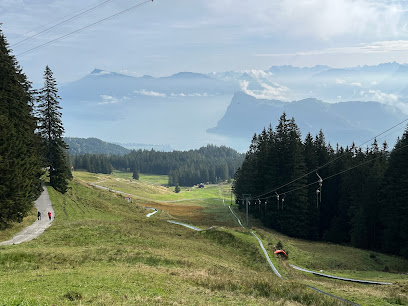
Gleitschirm Startplatz Pilatus Kulm
Experience unparalleled views and thrilling paragliding at Gleitschirm Startplatz Pilatus Kulm, a must-visit attraction in the Swiss Alps.
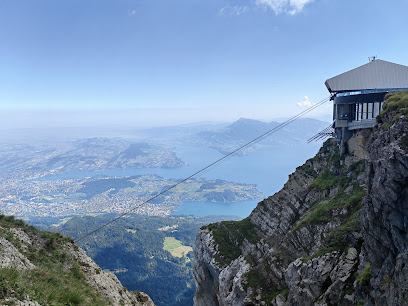
Mount Pilatus lookout point
Experience the majestic views of the Swiss Alps and Lake Lucerne from the breathtaking Mount Pilatus lookout point, a hiking paradise in Switzerland.
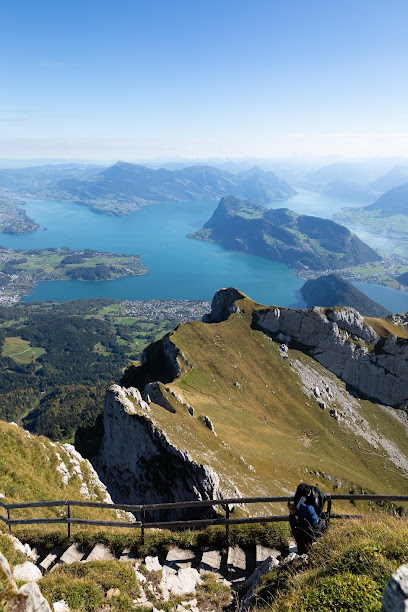
Water Falls view
Explore the enchanting Water Falls in Hergiswil, Switzerland, a stunning natural attraction perfect for relaxation and photography amidst serene beauty.

Essential places to dine
Bergwirtschaft zur Alpgschwänd
Experience authentic Swiss cuisine surrounded by breathtaking alpine scenery at Bergwirtschaft zur Alpgschwänd in Hergiswil.
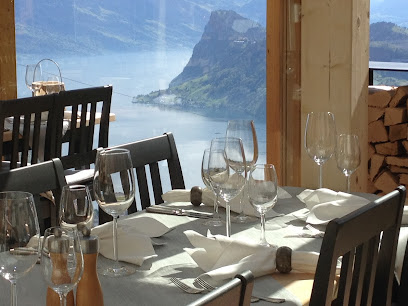
Restaurant Artstätte
Experience exquisite Mediterranean and Swiss cuisine at Restaurant Artstätte in Kriens – where every meal is a delightful journey.
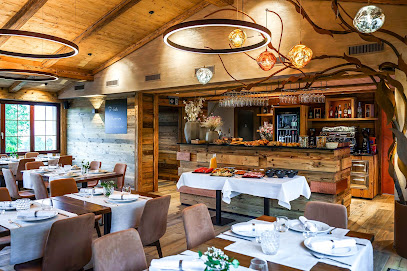
Restaurant Krienseregg
Experience authentic Swiss cuisine with breathtaking views at Restaurant Krienseregg in beautiful Kriens.
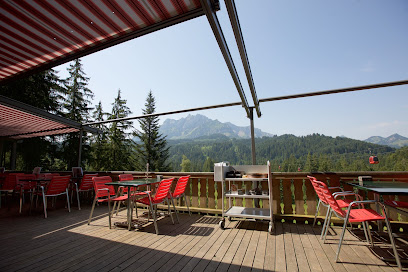
Restaurant Fräkmüntegg
Experience exquisite dining at Restaurant Fräkmüntegg amidst breathtaking Alpine scenery, perfect for families and food enthusiasts.
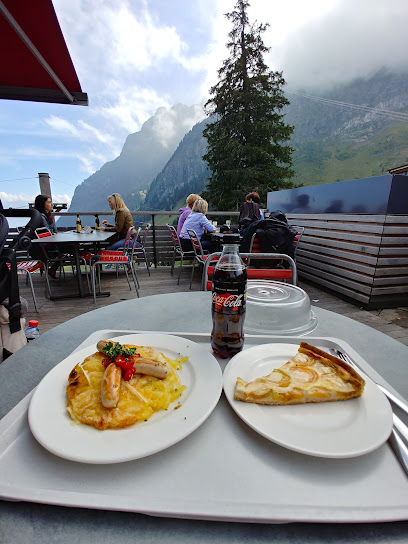
Restaurant Pilatus-Kulm
Experience exceptional Swiss cuisine amidst breathtaking views at Restaurant Pilatus-Kulm atop Mount Pilatus.

Berghaus Dorschnei
Discover the taste of Switzerland at Berghaus Dorschnei—where delicious food meets breathtaking mountain views.
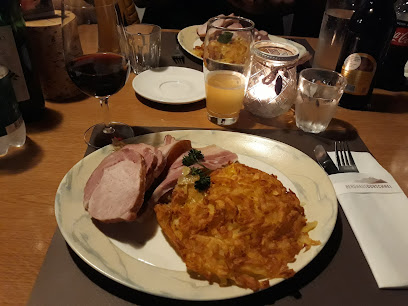
Lütholdsmatt
Experience authentic Swiss flavors at Lütholdsmatt in Alpnach—your gateway to traditional culinary delights in picturesque surroundings.
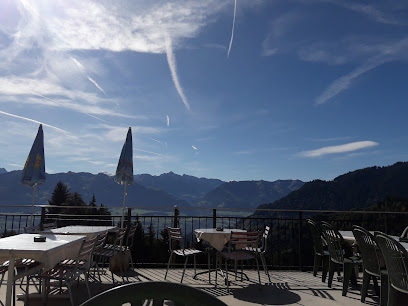
Restaurant Bellevue
Experience exquisite Swiss cuisine amidst breathtaking alpine views at Restaurant Bellevue on Pilatus.
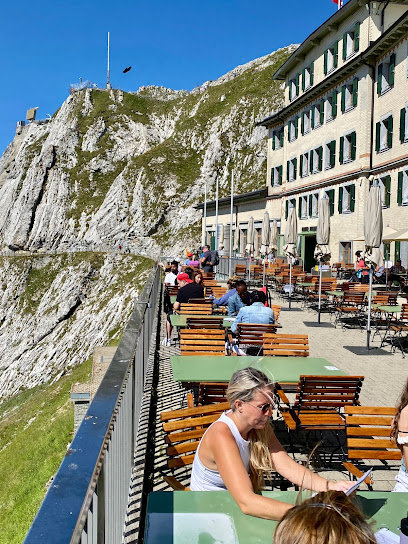
Panoramagrill
Experience stunning views and delicious snacks at Panoramagrill on Pilatus – where every meal is paired with breathtaking alpine vistas.
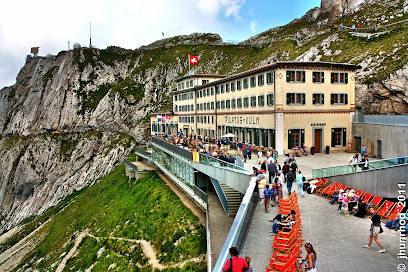
Restaurant Chalet
Experience authentic Swiss cuisine amidst breathtaking Alpine views at Restaurant Chalet in Alpnach.
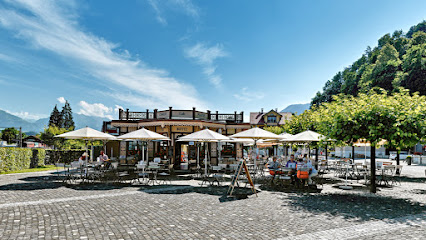
Markets, malls and hidden boutiques
Pilatusmarkt
Explore the best shopping experience in Kriens at Pilatusmarkt, featuring diverse stores, delicious dining, and a lively atmosphere for all visitors.
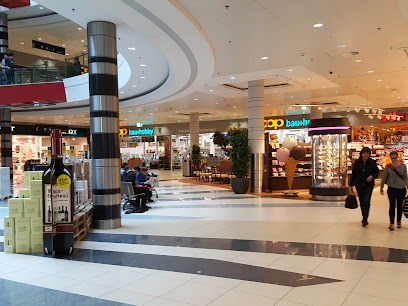
Casagrande Souvenirs • Watches Grendel
Discover exquisite Swiss watches and unique souvenirs at Casagrande Souvenirs in Lucerne, where quality meets local charm.
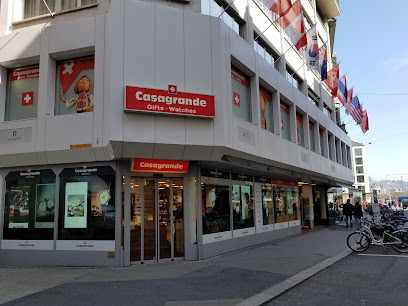
Old swiss shop
Explore the Old Swiss Shop in Lucerne for unique gifts, authentic Swiss souvenirs, and a taste of local culture.
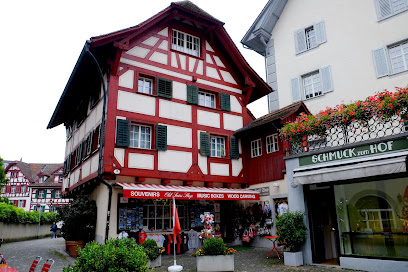
Wasserturm Souvenirshop GmbH
Explore the Wasserturm Souvenirshop in Lucerne for authentic Swiss souvenirs that beautifully encapsulate your travel memories.
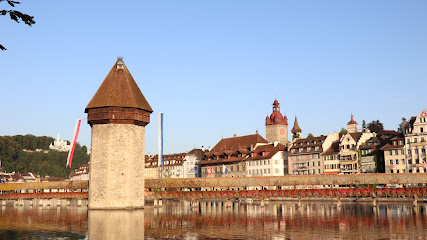
Pilatus Shop Luzern
Explore Pilatus Shop Luzern for a unique selection of Swiss souvenirs, handcrafted gifts, and delicious local treats in the heart of Lucerne.

Metro Boutique Kriens
Metro Boutique Kriens offers trendy clothing and accessories for the whole family, making it a must-visit shopping destination in Kriens.
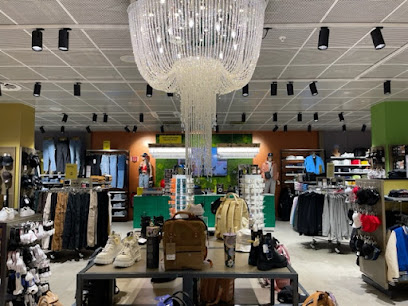
Farm Cheese Shop
Explore the authentic flavors of Kriens at the Farm Cheese Shop, where artisanal craftsmanship meets local tradition in every bite.
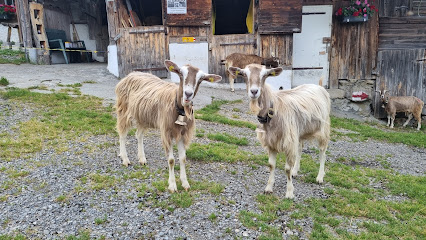
Wärch Atelier
Explore Wärch Atelier: A gem in Alpnach for unique Swiss gifts, handcrafted treasures, and local artistry that reflects the spirit of Switzerland.
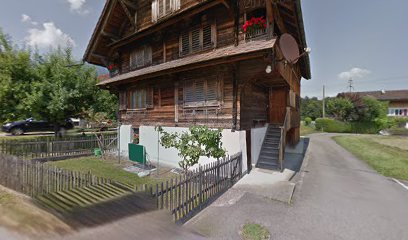
Swiss Lion AG
Discover Swiss Lion AG at Pilatus: Where Luxury Timepieces Meet Breathtaking Alpine Views in the Heart of Switzerland.
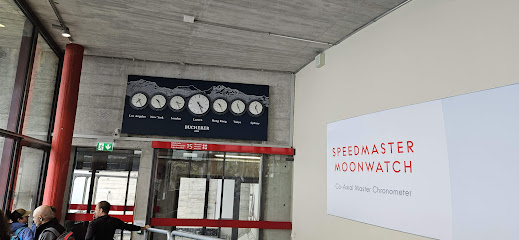
woufou.ch
Explore Woufou Gift Shop for unique souvenirs and local crafts that capture the essence of your travel experience.
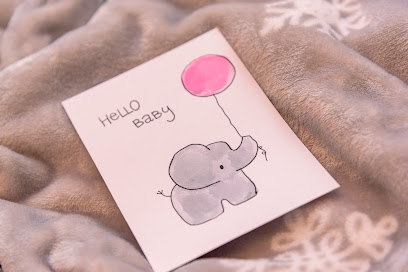
Essential bars & hidden hideouts
Penthouse
Experience luxury and vibrant nightlife at The Penthouse in Lucerne, where stunning views and exquisite cocktails create unforgettable memories.
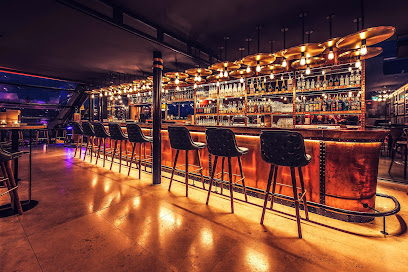
Suite small plates & cocktails
Discover the exquisite experience of small plates and cocktails at Suite Rooftop, a culinary gem in the heart of Lucerne with stunning views.
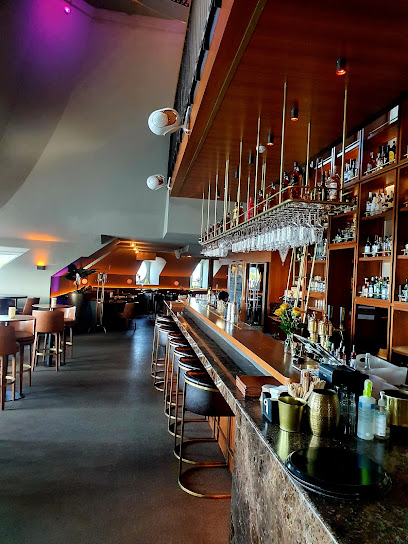
Bar Capitol
Experience the vibrant nightlife of Lucerne at Bar Capitol, where exquisite drinks and a lively atmosphere await.
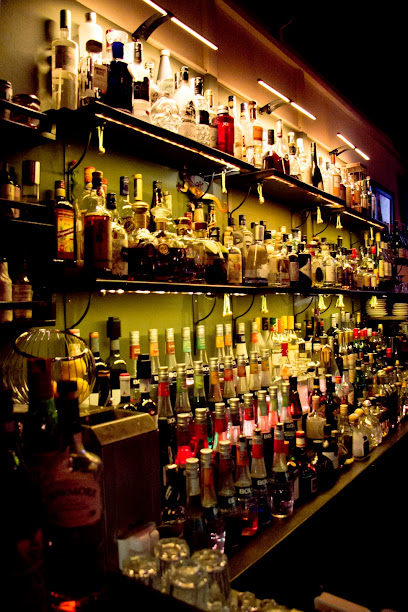
Shine
Experience the vibrant nightlife at Shine, Lucerne's premier cocktail bar offering artisanal drinks and a chic lounge atmosphere for socializing.
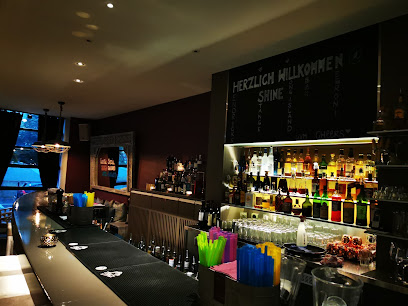
FINALE
Discover FINALE, Lucerne's lively bar where creative cocktails and a vibrant atmosphere come together for an unforgettable nightlife experience.
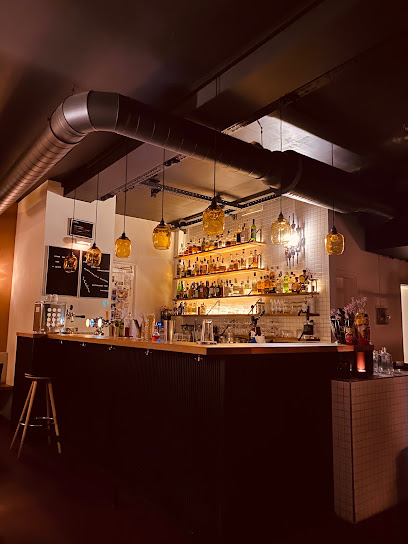
Louis Bar
Discover the sophisticated charm of Louis Bar in Lucerne, where exquisite cocktails meet stunning views for an unforgettable night out.
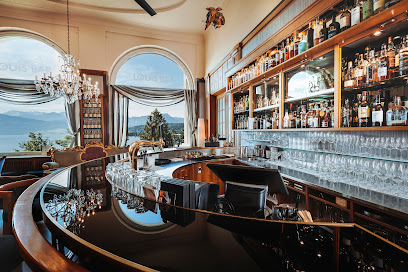
Blok Bar
Discover the lively Blok Bar in Lucerne, where delicious drinks and a vibrant atmosphere come together for an unforgettable night out.
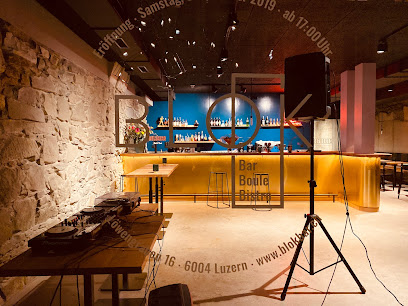
Alag Bar
Discover Alag Bar in Kriens - a lively bar offering a wide drink selection and a fantastic atmosphere for an unforgettable night out.

Moloko
Discover Moloko, Kriens' charming bar, offering an exceptional drink experience in a cozy atmosphere, perfect for unwinding after a day of exploration.
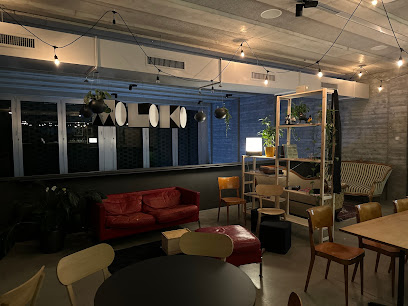
Ping Pong Lounge Luzern
Discover the vibrant Ping Pong Lounge Luzern, where sports, socializing, and fun collide in a lively setting perfect for visitors and locals alike.
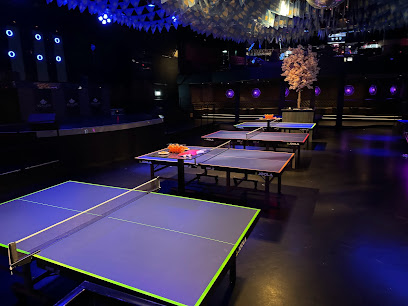
Local Phrases
-
- HelloGrüezi
[grew-tsee] - GoodbyeAdieu
[ah-dyuh] - YesJa
[yah] - NoNein
[nine] - Please/You're welcomeBitte
[bih-tuh] - Thank youDanke
[dahn-kuh] - Excuse me/SorryEntschuldigung
[ent-shool-dee-goong] - How are you?Wie geht es Ihnen?
[vee gayt es een-en] - Fine. And you?Gut. Und Ihnen?
[goot oond een-en] - Do you speak English?Sprechen Sie Englisch?
[shprek-en zee eng-leesh] - I don't understandIch verstehe nicht
[eekh fair-shtay-uh neekt]
- HelloGrüezi
-
- I'd like to see the menu, pleaseIch möchte bitte die Speisekarte sehen
[eekh merkh-tuh bih-tuh dee shpy-zuh-kahr-teh zay-en] - I don't eat meatIch esse kein Fleisch
[eekh es-suh kine flysh] - Cheers!Prost!
[prohst] - I would like to pay, pleaseIch möchte bitte bezahlen
[eekh merkh-tuh bih-tuh beh-tsah-len]
- I'd like to see the menu, pleaseIch möchte bitte die Speisekarte sehen
-
- Help!Hilfe!
[hil-fuh] - Go away!Gehen Sie weg!
[gay-en zee vayg] - Call the Police!Rufen Sie die Polizei!
[roo-fen zee dee poh-lee-tsey] - Call a doctor!Rufen Sie einen Arzt!
[roo-fen zee ine-en artsht] - I'm lostIch habe mich verirrt
[eekh hah-buh meekh fair-eert] - I'm illIch bin krank
[eekh been krunk]
- Help!Hilfe!
-
- I'd like to buy...Ich möchte ... kaufen
[eekh merkh-tuh ... kow-fen] - I'm just lookingIch schaue nur
[eekh shou-uh noor] - How much is it?Wie viel kostet es?
[vee feel kaws-tet es] - That's too expensiveDas ist zu teuer
[dahs ist tsoo toy-er] - Can you lower the price?Können Sie den Preis senken?
[kern-en zee den prees zehn-ken]
- I'd like to buy...Ich möchte ... kaufen
-
- What time is it?Wie spät ist es?
[vee shpet ist es] - It's one o'clockEs ist ein Uhr
[es ist ine oor] - Half past (10)Halb zehn
[halb tsayn] - MorningMorgen
[mawr-gen] - AfternoonNachmittag
[nahkh-mit-tahk] - EveningAbend
[ah-bent] - YesterdayGestern
[geh-stern] - TodayHeute
[hoy-teh] - TomorrowMorgen
[mawr-gen] - 1eins
[ines] - 2zwei
[tsvye] - 3drei
[dry] - 4vier
[feer] - 5fünf
[foonf] - 6sechs
[zeks] - 7sieben
[zee-ben] - 8acht
[ahkt] - 9neun
[noyn] - 10zehn
[tsayn]
- What time is it?Wie spät ist es?
-
- Where's a/the...?Wo ist ein/der...?
[voh ist ine/dehr] - What's the address?Was ist die Adresse?
[vahs ist dee ah-drehs-uh] - Can you show me (on the map)?Können Sie mir das zeigen (auf der Karte)?
[kern-en zee meer dahs tsee-gen (owf dehr kahr-teh)] - When's the next (bus)?Wann kommt der nächste (Bus)?
[vahn kohmt dehr nekhs-teh (boos)] - A ticket (to ....)Eine Fahrkarte (nach ....)
[ine-uh fahr-kahr-teh (nahkh)]
- Where's a/the...?Wo ist ein/der...?
History of Pilatus
-
The name 'Pilatus' is steeped in legend, with tales suggesting that the mountain was named after Pontius Pilate, the Roman governor who sentenced Jesus. According to local folklore, Pilate's ghost is said to haunt the mountain, lending it a mystical aura. This connection to ancient myths adds a layer of cultural significance to Pilatus, making it not just a natural wonder but also a site of historical intrigue.
-
The mid-1800s marked a turning point for Pilatus with the advent of tourism. The first hotel was established in 1855, catering to an increasing number of visitors drawn to the mountain's panoramic views. The construction of the cogwheel railway in 1889 further facilitated access, transforming Pilatus into a popular destination for both Swiss and international tourists. This development played a crucial role in shaping the local economy and culture.
-
During World War II, Pilatus served strategic purposes for the Swiss military. The mountain's remote location and commanding views made it an ideal observation point. The area saw the establishment of military installations, reflecting Switzerland's neutral stance and preparedness during the conflict. This period added a layer of historical complexity to the region, intertwining natural beauty with military significance.
-
In 1967, the development of the aerial cableway from Kriens to Pilatus revolutionized access to the mountain. This engineering feat not only enhanced tourism but also made Pilatus a year-round destination, allowing visitors to enjoy winter sports and summer hikes. The cableway's construction is an important milestone in the modern history of Pilatus, showcasing advancements in technology and tourism infrastructure.
-
Pilatus is not only a natural landmark but also a cultural hub. Various events, such as the annual 'Pilatusum' festival, celebrate local traditions, music, and cuisine, drawing visitors from Lucerne and beyond. These events reflect the community's commitment to preserving its cultural heritage while promoting Pilatus as a vibrant destination for leisure and celebration.
Pilatus Essentials
-
Pilatus is easily accessible from Lucerne city center. Visitors can take a scenic boat ride from Lucerne to Alpnachstad, followed by the cogwheel railway up to Pilatus. Alternatively, you can take a bus from Lucerne to Kriens and then use the aerial cableway, known as the Pilatus Bahn, for stunning views as you ascend.
-
Once at Pilatus, walking is the best way to explore the area. The summit features well-marked hiking trails and paths leading to various viewpoints. For those with limited mobility, the cogwheel train provides access to different parts of the mountain. Bicycle rentals are available in the region, but using bicycles on the mountain trails is not recommended due to steep inclines.
-
Pilatus is generally a safe area for tourists. However, caution is advised in less populated areas after dark. While crime rates are low, petty thefts can occur, so keep an eye on personal belongings, especially in crowded spaces like the cable car stations. Avoid isolated trails if traveling alone.
-
In case of emergency, dial 112 for immediate assistance in Switzerland. For medical emergencies, there are first aid stations at the summit. Always have travel insurance that covers emergencies. The main tourist information center can also assist with emergencies and provide local contacts.
-
Fashion: Do dress comfortably and in layers, as weather changes quickly at high altitudes. Don't wear flip-flops or high heels. Religion: Do respect the natural environment, treating it as sacred. Public Transport: Do validate your ticket when using public transport. Don't travel without a valid ticket, as fines are steep. Greetings: Do greet locals with a friendly 'Grüezi' (hello). Eating & Drinking: Do try local specialties like Rösti. Don't litter or leave food scraps in nature.
-
To experience Pilatus like a local, consider taking the less-traveled hiking trails that offer breathtaking views without the crowds. Pack a picnic with local Swiss cheese and bread to enjoy at one of the scenic overlooks. Engage with local guides for a more in-depth understanding of the area's ecology and history.
-
Weather on Pilatus can change rapidly. It is advisable to check the forecast before your visit and be prepared for sudden changes. Dress in layers and bring a waterproof jacket, even in summer. Morning visits often provide the clearest views, while afternoon storms are common.
-
Pilatus is at a high altitude, so some visitors may experience altitude sickness. Symptoms include headache, nausea, and dizziness. To minimize risk, ascend gradually, stay hydrated, and avoid strenuous activity on your first day at higher elevations.
Nearby Cities to Pilatus
-
Things To Do in Grindelwald
-
Things To Do in Interlaken
-
Things To Do in Zurich
-
Things To Do in Thun
-
Things To Do in Murren
-
Things To Do in Bern
-
Things To Do in Basel
-
Things To Do in Balzers
-
Things To Do in Schaan
-
Things To Do in Vaduz
-
Things To Do in Gamprin
-
Things To Do in Triesenberg
-
Things To Do in Ascona
-
Things To Do in Eschen
-
Things To Do in Locarno

